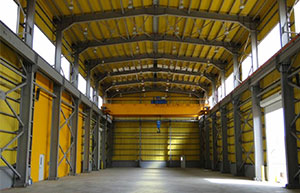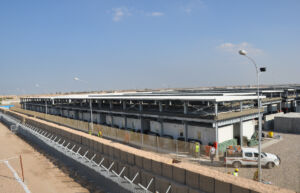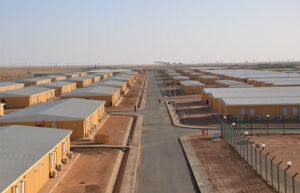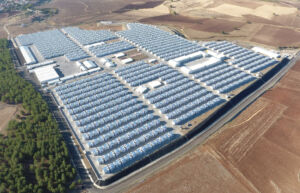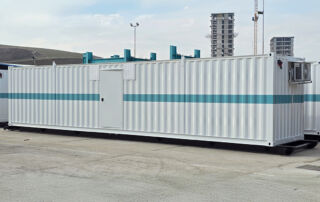Sustainable Modular Steel Buildings: The Future of Green Construction
As global demand for sustainable construction grows, modular steel buildings are emerging as a key solution for minimizing environmental impact while maximizing efficiency. At Dorçe Prefabricated Building and Construction, sustainability is not just a trend—it’s an integral part of our design, production, and delivery process.
Why Modular Steel Buildings Are Sustainable
Modular steel structures are inherently more sustainable than traditional construction due to their precision manufacturing, reduced material waste, and energy-efficient systems. At Dorçe, all building components are prefabricated in state-of-the-art facilities and transported to site for rapid assembly. This off-site construction method not only reduces emissions from machinery and logistics, but also ensures high-quality, low-waste production.
Key sustainable benefits of modular steel buildings include:
-
♻️ Reduced Carbon Footprint: Prefabrication minimizes on-site emissions and energy use.
-
🌱 Recyclable Materials: Structural steel is 100% recyclable, supporting circular economy principles.
-
🏗️ Minimal Waste Generation: Controlled factory environments optimize resource usage and eliminate excess material.
-
⚡ Energy Efficiency: Modules are engineered with thermal insulation and systems that reduce operational energy demand.
Dorçe’s Commitment to Sustainable Construction
With decades of international experience, Dorçe leads the way in delivering eco-friendly modular solutions for diverse sectors including defense, energy, healthcare, education, and housing. Our projects are designed in line with international sustainability standards, such as LEED, BREEAM, and EDGE.
From modular residential units to large-scale workforce camps in extreme climates, we integrate renewable energy systems, low-VOC materials, and smart water-saving technologies into our modular buildings.
Applications Around the World
Dorçe’s sustainable modular steel buildings have been successfully deployed in challenging geographies from deserts to high-altitude zones. These solutions are especially valuable in:
-
Disaster relief and emergency housing
-
Remote industrial and infrastructure projects
-
Educational and healthcare facilities in underserved areas
-
Affordable green housing developments
